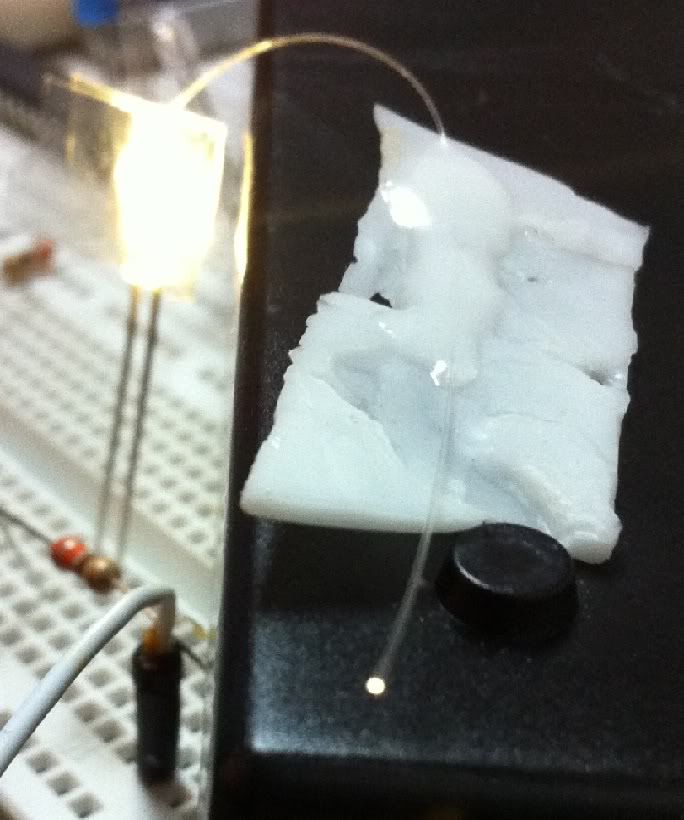one last tip before I sign off...
you know how all the tutorials say pour part A into one container, pour part B into another container... Pour A into B and mix... Pour A and B into third container and continue mixing?
I am not saying dont do this, doing it this way you will get a perfect mix every time. What I am saying is that once you get the hang of it, it does work on a 99% hit ratio just mixing it in two or even one container. Why two? well depending on how much time you have... the components react in the second they come into contact with each other... so if you need 30 seconds to measure part B resin while you are pouring it into the part A container, it is 30 seconds less for you to get it in your mould. With 3 minute resin it would be better to measure both parts first and then pour them together (note: the one being poured into the other will be less as some will remain in its container, so you will need to compensate for that in your measurements).
the most important part to make sure of is to make sure you get the sides and the bottom of the container into the mix as well.
As I said, once you get a hang of it and are feeling daring.

Another thing that I do quite often is recycle old silicone and resin. Resin bonds wonderfully to itself so there is not a lot you can do wrong there. Silicone also bonds very good to itself with a couple very important exceptions, don't mix different viscosity silicones, chop big silicone pieces up, make sure the silicone is clean...
here is a link to another thread going into that.

